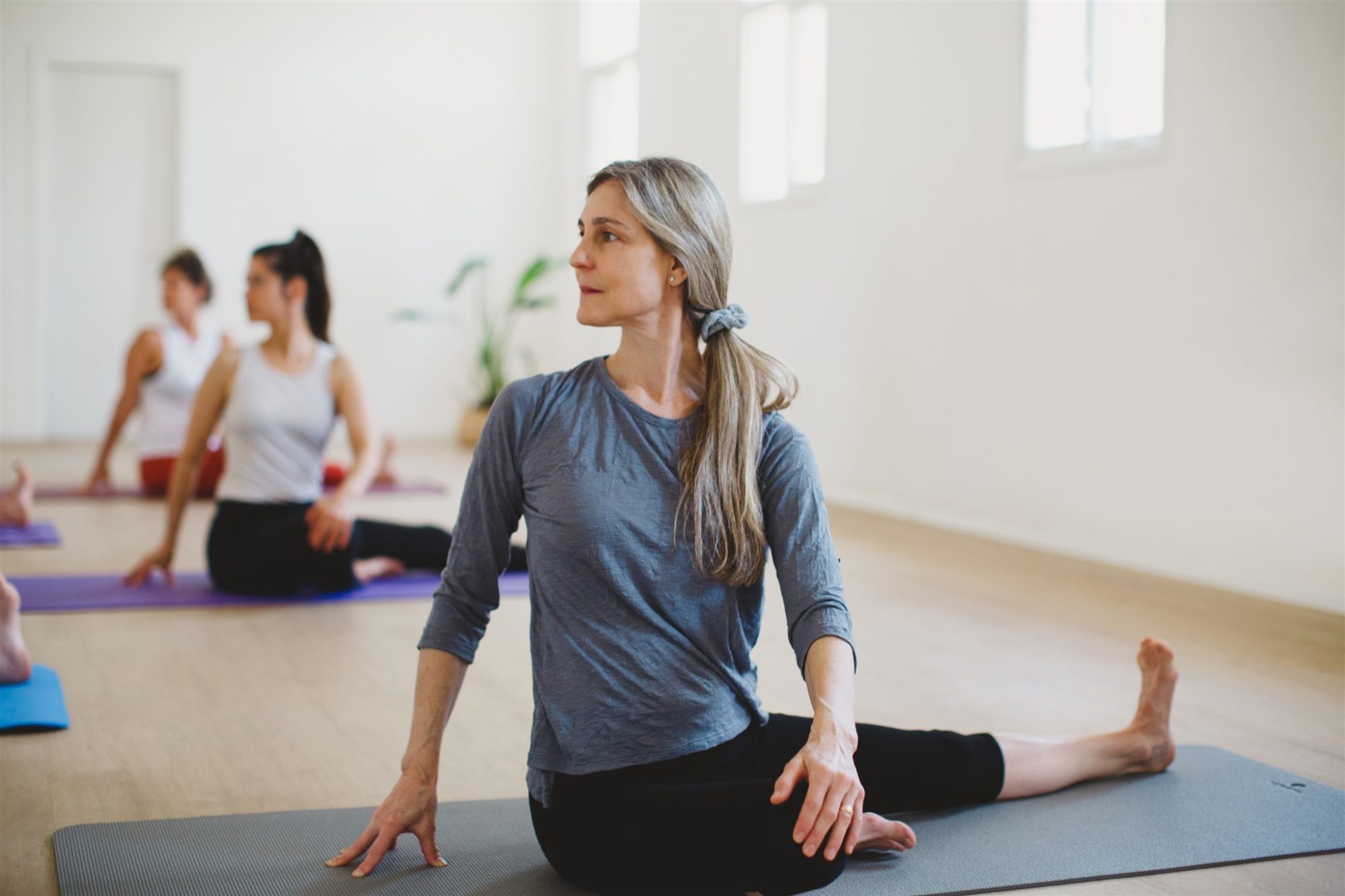Many of my new students often do not know what to expect in a Yoga class or have general misconceptions about Yoga. This is not surprising as מורת יוגה is often misunderstood. At one extreme, it is a pure spiritual practice that can corrupt your existing religious beliefs. At the other extreme, it is a set of powerful exercises done in dance like moves. In between these extremes, you have everything from indulging in carnal pleasure to levitation.
To be honest, there is some truth in every version but as they say – half a truth is half a lie. It is important to have a general understanding of Yoga before attending a Yoga class. This is to ensure that your needs are aligned to what you can expect in a class. As this article is not about finding the best meaning for Yoga, I will broadly summarize Yoga. Yoga can be divided into 2 main categories:
Patanjali Yoga Sutra explains Raja Yoga. The Gheranda Samhita and Hatha Yoga Prathipika advocate Hatha Yoga before Raja Yoga. The reason for this as explained in the Gheranda Samhita, is that a person should attain control of the body, before he or she can begin exercises in control of the mind.
So what should you expect from a Yoga class? Firstly, it is important that prior to beginning a Yoga class for the first time, the instructor asks you to indicate your expectations. In my experience, these expectations can vary a great deal. You may want a toned body or maybe develop flexibility. You may be looking at relieving a chronic disorder or just having fun with a group of like minded people. Whatever your expectations, it is important that your instructor understands it and matches your expectations with the right class and grouping.
Secondly, a good Yoga class should be focused. It is impossible to cover the entire spectrum of Yoga over a short period and it may not be realistic to do so. A good Yoga class should be structured in such a way that it meets your current needs. Yoga classes should be grouped into general categories that meet your evolving needs. For example, you may want to do yoga initially to achieve a toned body. After achieving this, you may want to focus on flexibility and progress to breathing or meditation.
Thirdly, the best Yoga classes are conducted in small groups. It is easier for the instructor to monitor everyone in a small class. Mistakes can be caught and rectified easily. This greatly reduces the possibility of injury due to wrong practice of postures. Small groups also allow the instructor to respond to effectively to the group’s rhythm and pace. Group dynamics dictate that there are optimum group sizes for a particular function. There is no magic number to the size of a Yoga class, but keeping it small means everyone gets to interact with one another and form strong relationships. Motivation levels can be higher as a result.
Fourthly, a good Yoga class focuses on the correct, techniques and practices. I have seen so many people performing Yoga postures incorrectly and am concerned by it. The authoritative texts mentioned above are a good source for the correct techniques and methods. Many people however do not have the time to read these texts. However, it is important to ensure that the Yoga that is being taught to you is based on these scriptures. You will find the following in a Yoga class that adheres to correct practices:
